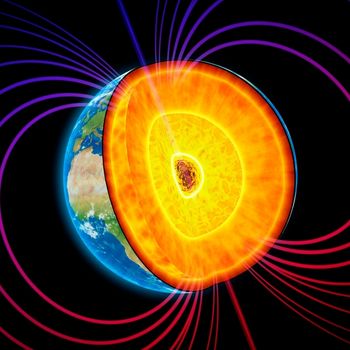
75 years of transforming human understanding of the cosmos
In April 1948, a U.S. Air Force research lab contracted with CU Boulder’s physics department to study the Sun by launching instruments mounted on surplus World War II rockets. To meet this challenge, the university assembled a team of scientists and engineers, founding what would become CU’s oldest and highest-budget research institute: the Laboratory for Atmospheric and Space Physics.
LASP has since become the only academic research institute in the world to have sent scientific instruments to every planet in our solar system, plus the Sun and a host of moons. As the institute looks ahead to the next 75 years, its proud tradition of innovation keeps it at the cutting edge of space science.
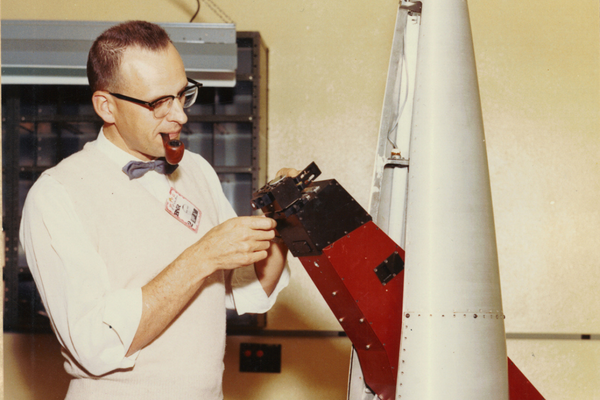
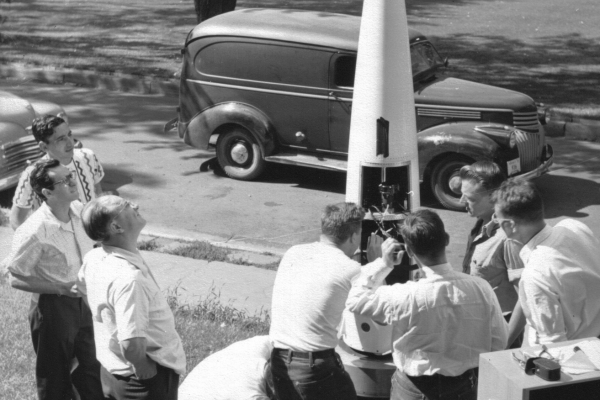
LASP established as the Upper Air Laboratory
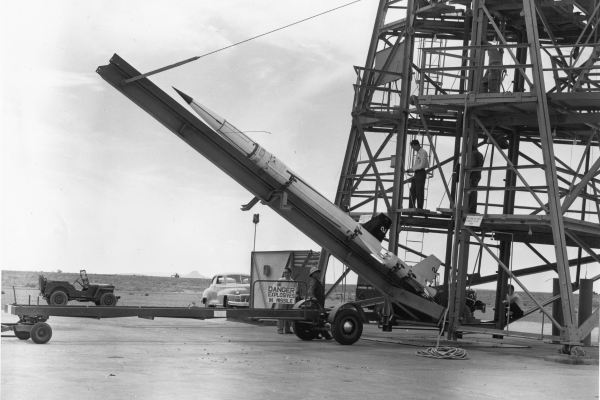
First successful launch of a rocket for science
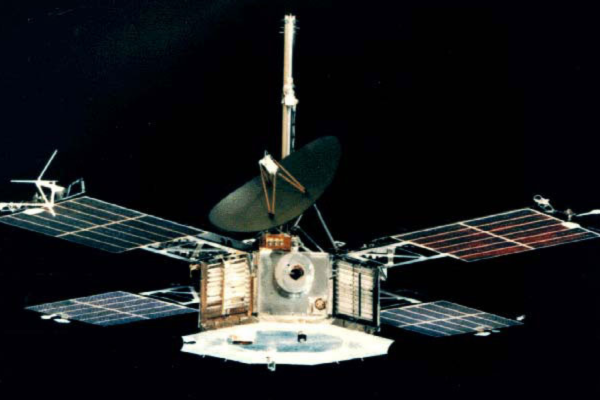
LASP’s first interplanetary missions

CU Boulder students begin operating NASA missions
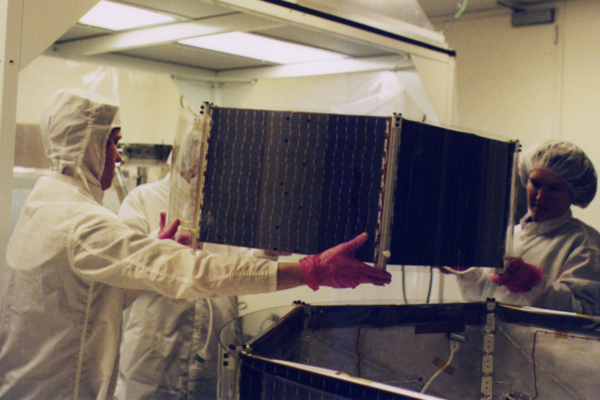
Launch of LASP’s first student-led mission
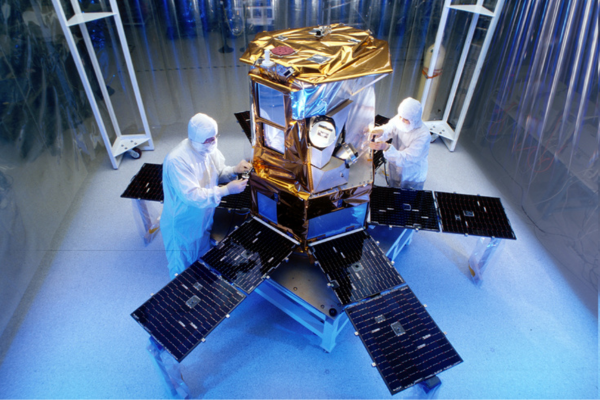
SORCE establishes a baseline for human-caused climate change
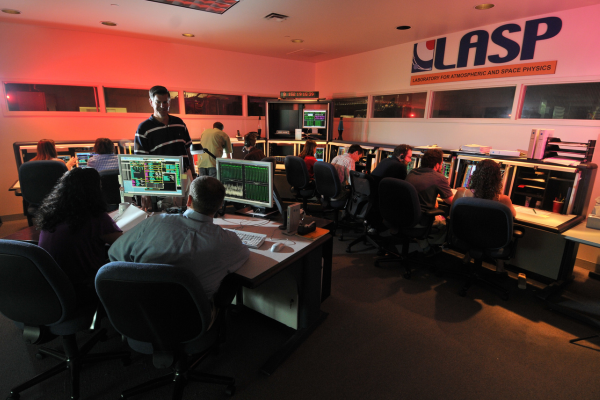
LASP operates the search for Earth-like planets
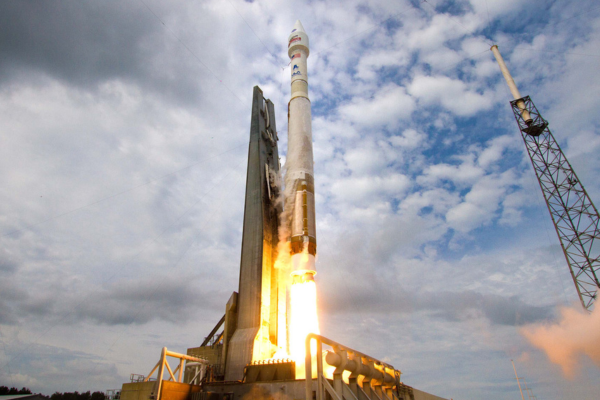
MAVEN begins its journey to understand the evolution of Mars’ atmosphere
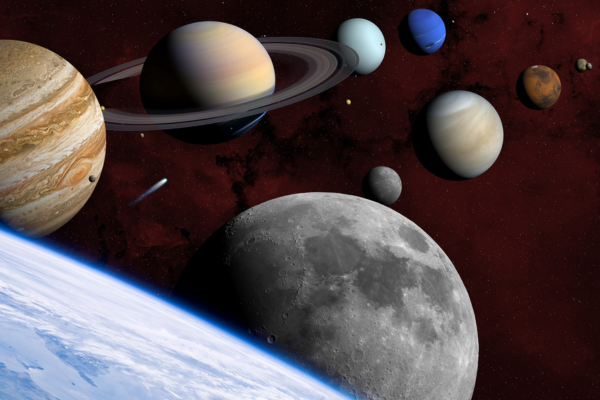
LASP: Every planet… and beyond
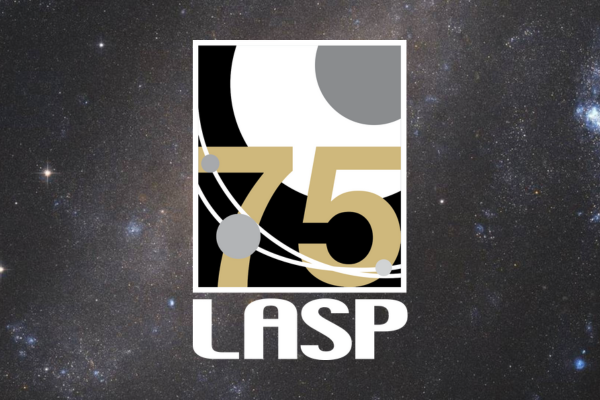
75th anniversary begins
LASP is the world’s only academic research institute to send an instrument to study every planet in our solar system… and beyond! Here are some highlights from missions we’ve been a part of.
Sun
LASP’s instrument on NASA’s Solar Dynamics Observatory is studying how and why the Sun’s extreme ultraviolet light varies over time.
Mission highlight: Captured video of enormous solar ‘tornadoes’, ultra-hot plumes of plasma that swirl above the Sun’s surface.
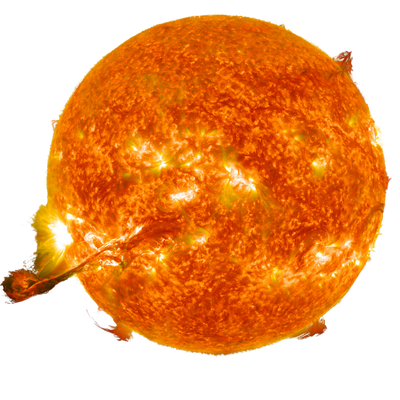
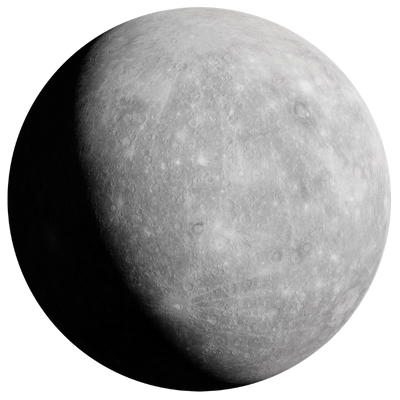
Mercury
Aboard the NASA MESSENGER mission, a LASP-built instrument detected magnesium in Mercury’s exosphere for the first time.
Mission highlight: Verified that water-ice deposits exist in shadowed craters at Mercury’s poles.
Venus
The LASP spectrometer on NASA’s Pioneer Venus Orbiter discovered sulfur dioxide in the clouds, hinting at volcanic eruptions.
Mission highlight: Identified 10.8-kilometer-tall Maxwell Montes as the planet’s highest point.
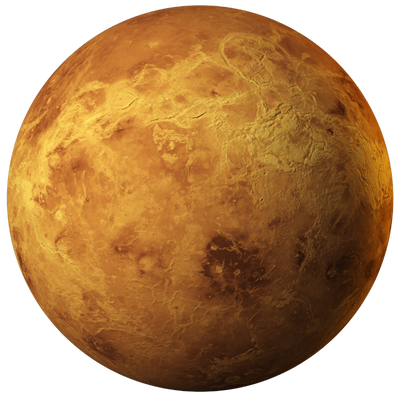

Earth
The planet we study most closely is Earth. LASP researchers investigate many societally relevant phenomena using measurements from space-based instruments, rockets, aircraft campaigns, and high-altitude balloons, in conjunction with state-of-the-art models.
Earth's
Atmosphere &
Surface

Moon
A LASP instrument on NASA’s LADEE mission collected and analyzed samples of floating lunar dust particles.
Mission highlight: Revealed that tiny meteoroids contribute to the Moon’s exosphere, including by delivering water to it.

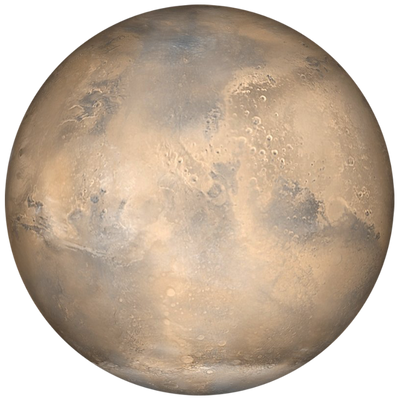
Mars
A LASP instrument on NASA’s MAVEN mission discovered an extraterrestrial aurora caused by the ‘precipitation’ of energized protons in the Red Planet’s atmosphere.
Mission highlight: Identified that solar wind has had a key role in stripping Mars’ atmosphere, changing the climate from a warmer, wetter environment to today’s cold and dry climate.
Jupiter
The LASP-built spectrometer aboard NASA’s Galileo mission observed the impacts of Comet Shoemaker-Levy 9 fragments on Jupiter.
Mission highlight: Found evidence of an ocean of liquid water beneath the ice shell of Jupiter’s moon Europa.
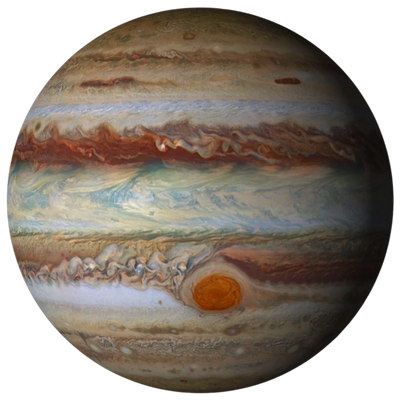
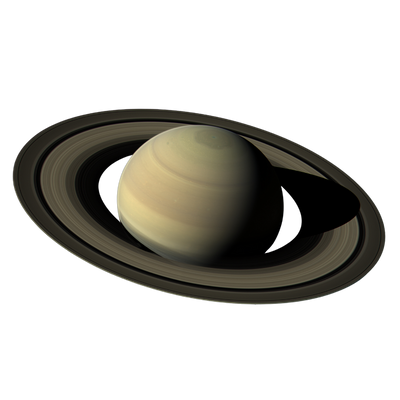
Saturn
LASP’s instrument about NASA’s Cassini mission measured emissions from gases emitted by volcanoes on Jupiter’s moon Io that had become ionized and trapped in the planet’s hefty magnetic field.
Mission highlight: Detected plumes of water erupting from another moon, Enceladus.
Uranus
Aboard NASA’s Voyager 2 mission, the instrument developed at LASP discovered that Uranus’ rings are younger than the solar system.
Mission highlight: Identified an irregular magnetic field, highly tilted from Uranus’ spin axis.
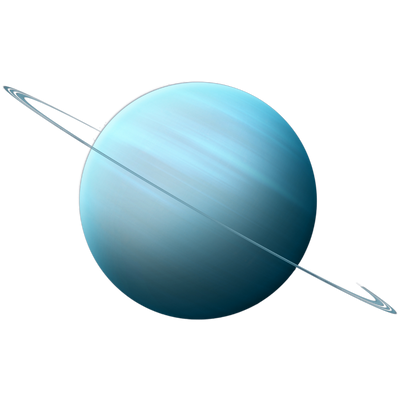
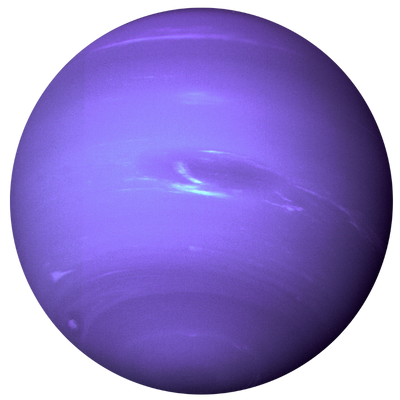
Neptune
The LASP-built instrument aboard Voyager 2 also discovered that Neptune’s rings are incomplete circles created by dust knocked off tiny moons.
Mission highlight: First mission to fly past Neptune and detect its irregular magnetic field
Pluto
LASP’s Venetia Burney Student Dust Counter on the NASA New Horizons mission was the first science instrument designed and built by students to launch on an interplanetary space mission.
Mission highlight: Discovered the largest known glacier in the solar system.
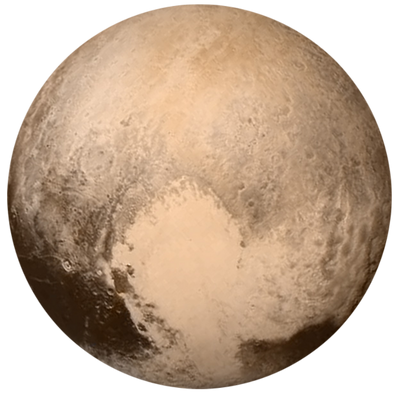
And beyond...
LASP has also been involved in numerous missions focused beyond our solar system. This included mission operations for NASA’s exoplanet-hunting Kepler mission and the agency’s current IXPE mission, which is measuring extreme space environments. LASP is also building an instrument for the upcoming IMAP mission, which will study the solar-wind boundary of our solar system.

